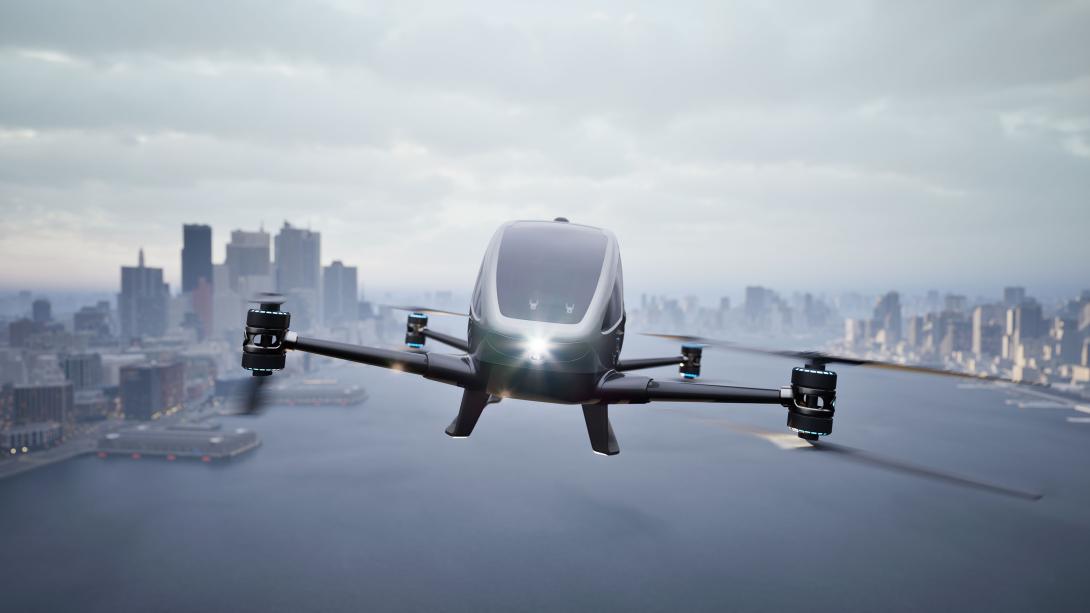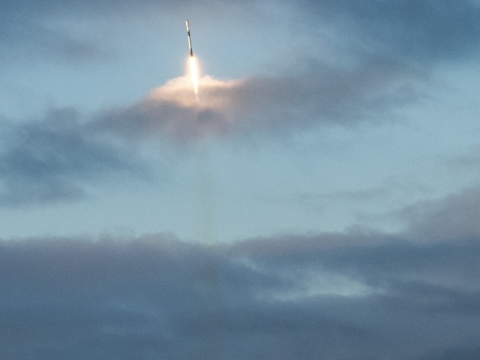President's Commentary: Automation Paves the Runway to Aviation’s Future
We may all be a little disappointed that flying cars are not yet common. Even so, we still marvel at the revolutionary technological advances transforming our world virtually on a daily basis.
Much of the change we now witness is due to automation, which uses technology applications to minimize human input. Automation supports a wide range of tasks, from simple, rudimentary assignments to mimicking human performance.
Artificial intelligence, or AI, is a sophisticated form of automation that allows machines to use previous experience to learn and make decisions. AI already enhances aircraft efficiency, in part through route planning, flight management, and of course, automatic piloting capabilities. It also assists the development of lighter, faster, more aerodynamic and more fuel-efficient aircraft. With AI support, future aircraft may boast more autonomy, self-diagnostic capabilities, reduced maintenance requirements and less noise pollution.
Many of us encounter automation in our private lives through myriad “smart” devices—smart watches, smartphones, smart cars and smart homes—which lead us to smart power grids, smart cities and smart military bases.
In the commercial sector, automation helps with such tasks as the management of content, documents, decisions, workflows and processes. Robotic process automation is commonplace in industry and is gaining a foothold in the Defense Department. And in the manufacturing realm, robotics, 3D printing and nanomanufacturing are becoming commonplace.
Automation recently made headlines—and not in a good way—when operations at a major airline melted down due to a combination of bad weather and outdated crew-scheduling software. Before that, the airline was forced to ground all flights in the summer of 2021 because a network glitch prevented operators from receiving critical weather data.
That experience demonstrates that risks, pitfalls or challenges must be overcome to fully realize the benefits automation offers. Reliability, resilience, redundancy and security are essential to progress.
Current examples of automation in the aviation arena include the National Automated Conformity Inspection Process, which air traffic controllers use to ensure safe separation of both military and civilian aircraft within terminal airspace, and the En Route Automation Modernization system, which, according to the Federal Aviation Administration (FAA) website, advances the transition from ground-based air traffic control to satellite-based air traffic management.
In other developments, Airport-technology.com reports that digital traffic control towers using fiber networks, high-definition cameras and remote sensing now supplement—and may one day replace—traditional manned towers. Camera masts transmit images to a separate control center, providing a panoramic view of the airfield that can be enhanced with augmented reality-style maps and aircraft data for increased controller awareness, the website explains.
Furthermore, as it does in many military circumstances, automation software now provides situational awareness, reducing the opportunities for human errors and enhancing safety.
In the future, automation may enable the use of small drones for everything from package and food delivery to filmmaking, disaster recovery, military and national security missions, and search and rescue operations. The FAA’s plan for urban air mobility encompasses a safe and efficient aviation transportation system using highly automated aircraft transporting passengers or cargo at lower altitudes within urban and suburban areas.
Additionally, the FAA is cooperating with NASA on its Advanced Air Mobility project to accelerate emerging aviation markets for passenger and cargo transportation in urban, suburban, rural and regional environments. NASA envisions transformative and innovative aviation solutions providing aerial mobility capabilities not typically seen today.
I may never get my George Jetson-like flying car, but we may yet see an ability in one form or another to fly above the perpetually snarled traffic in urban areas.
The (flight) path to aviation’s future may be turbulent at times, but ultimately the runway to the future will be paved with automation.




Comments